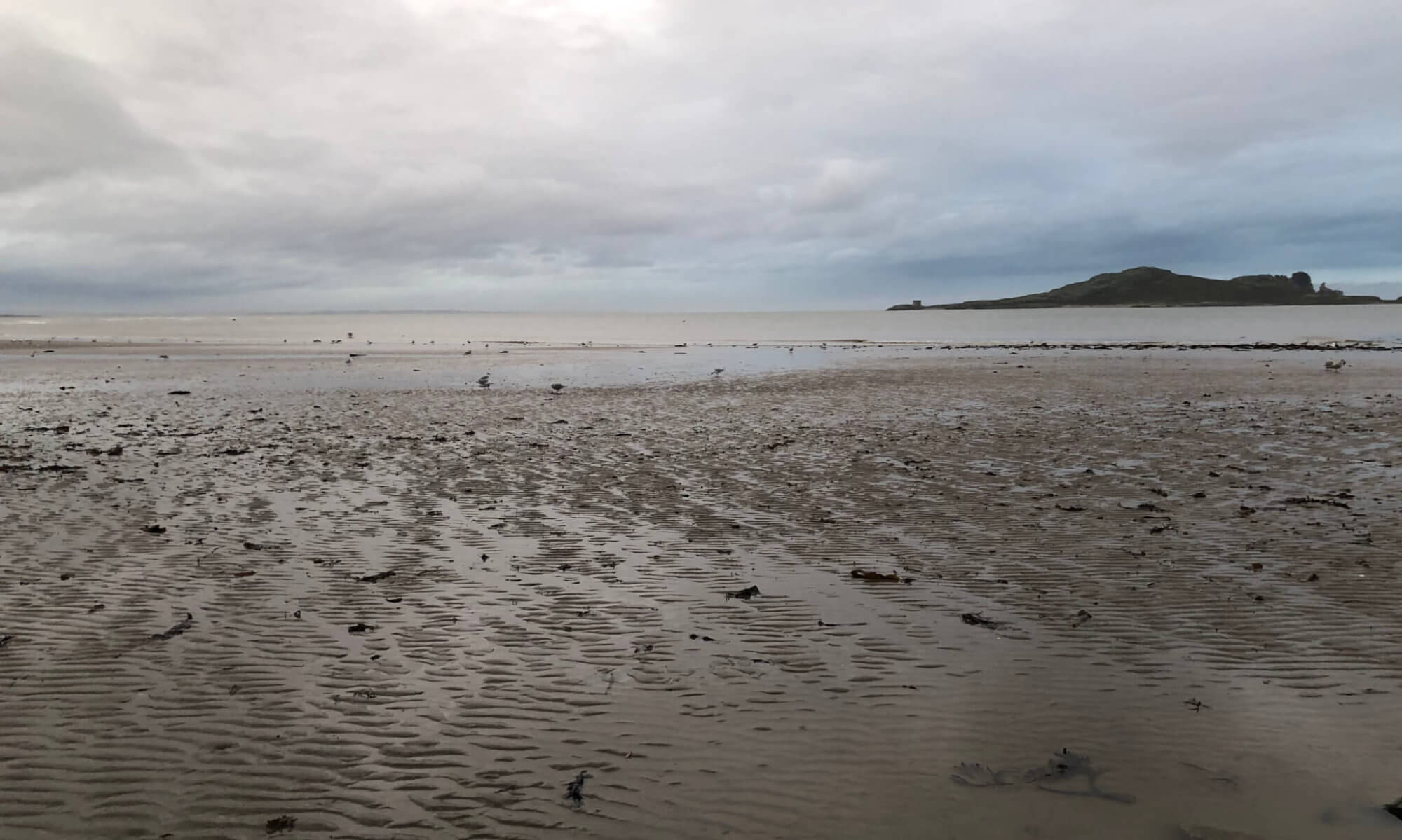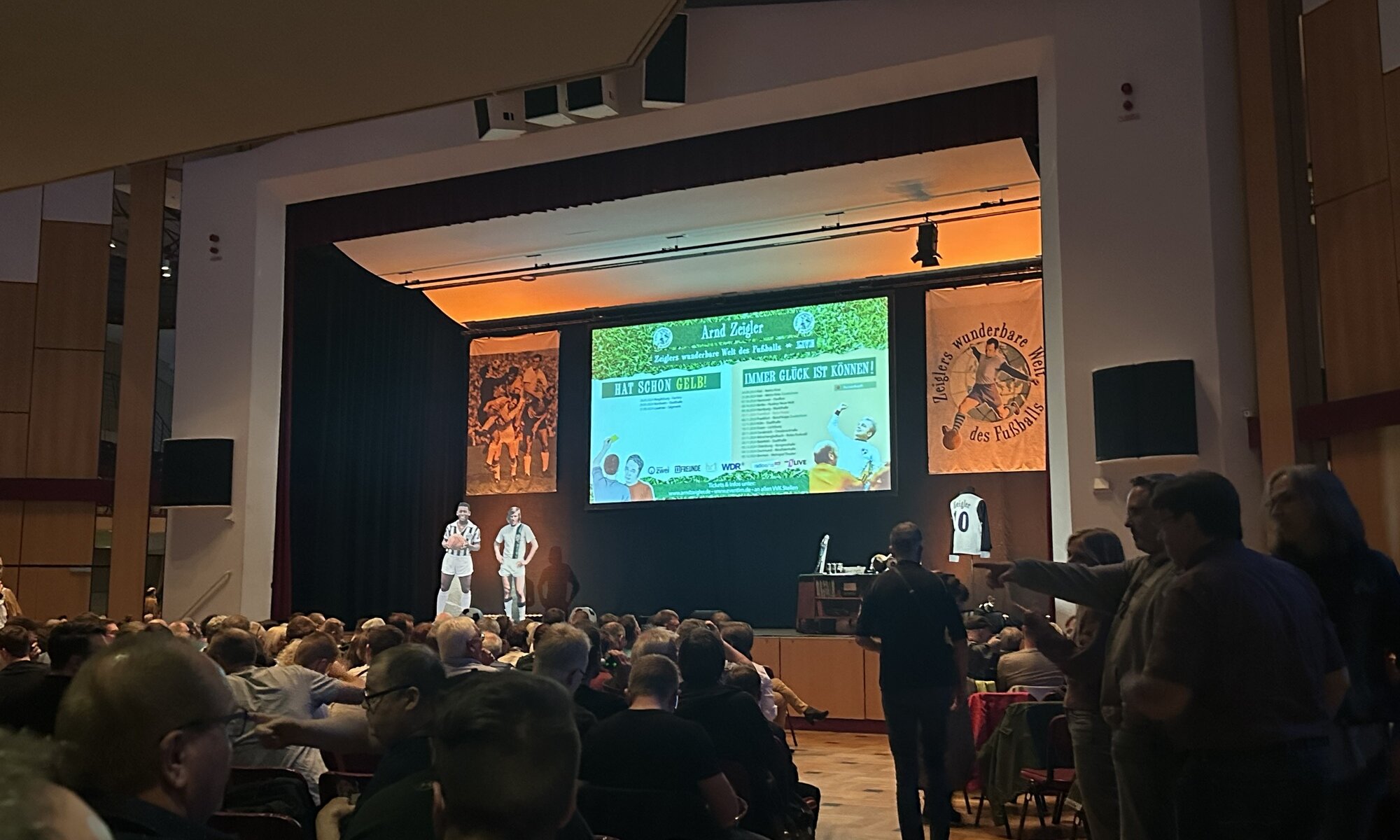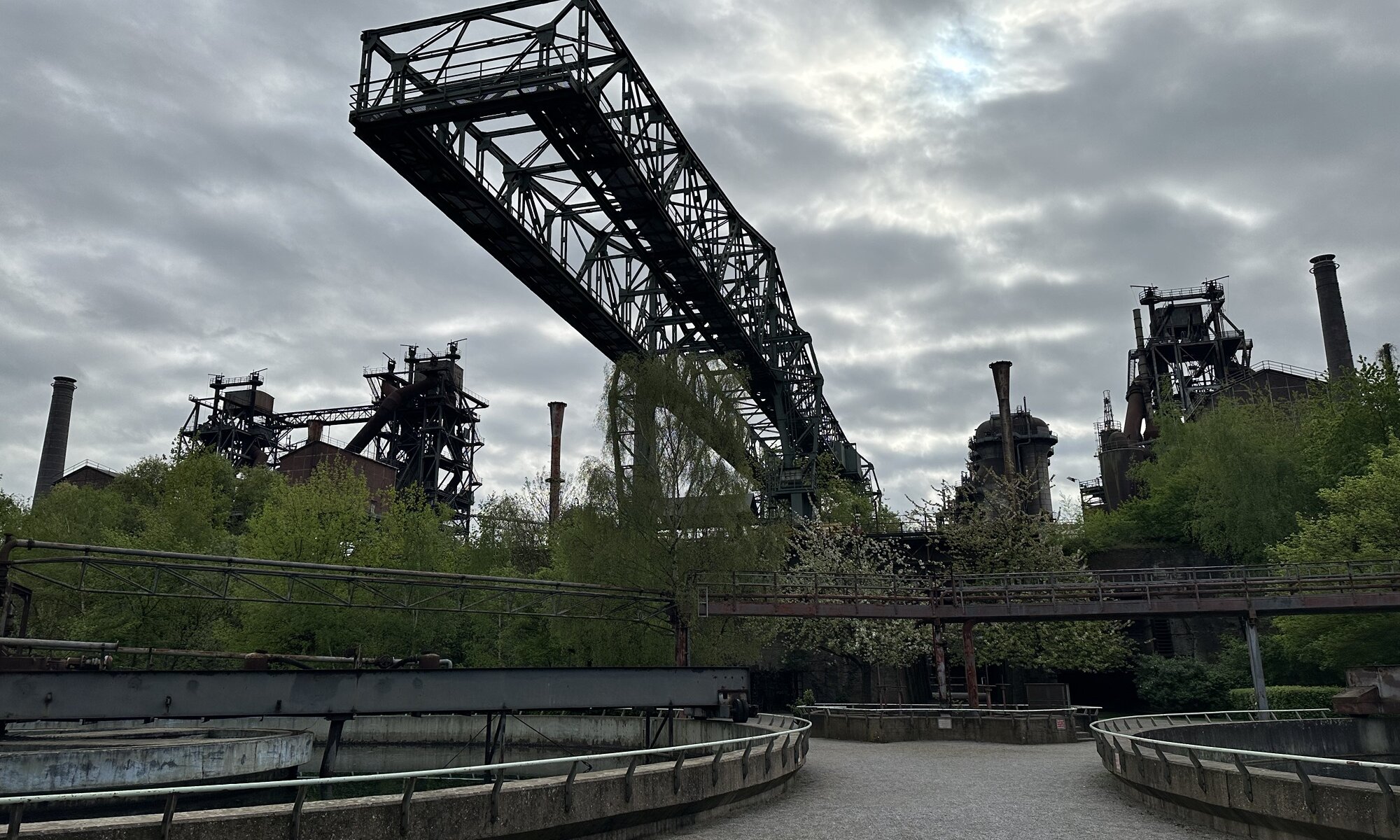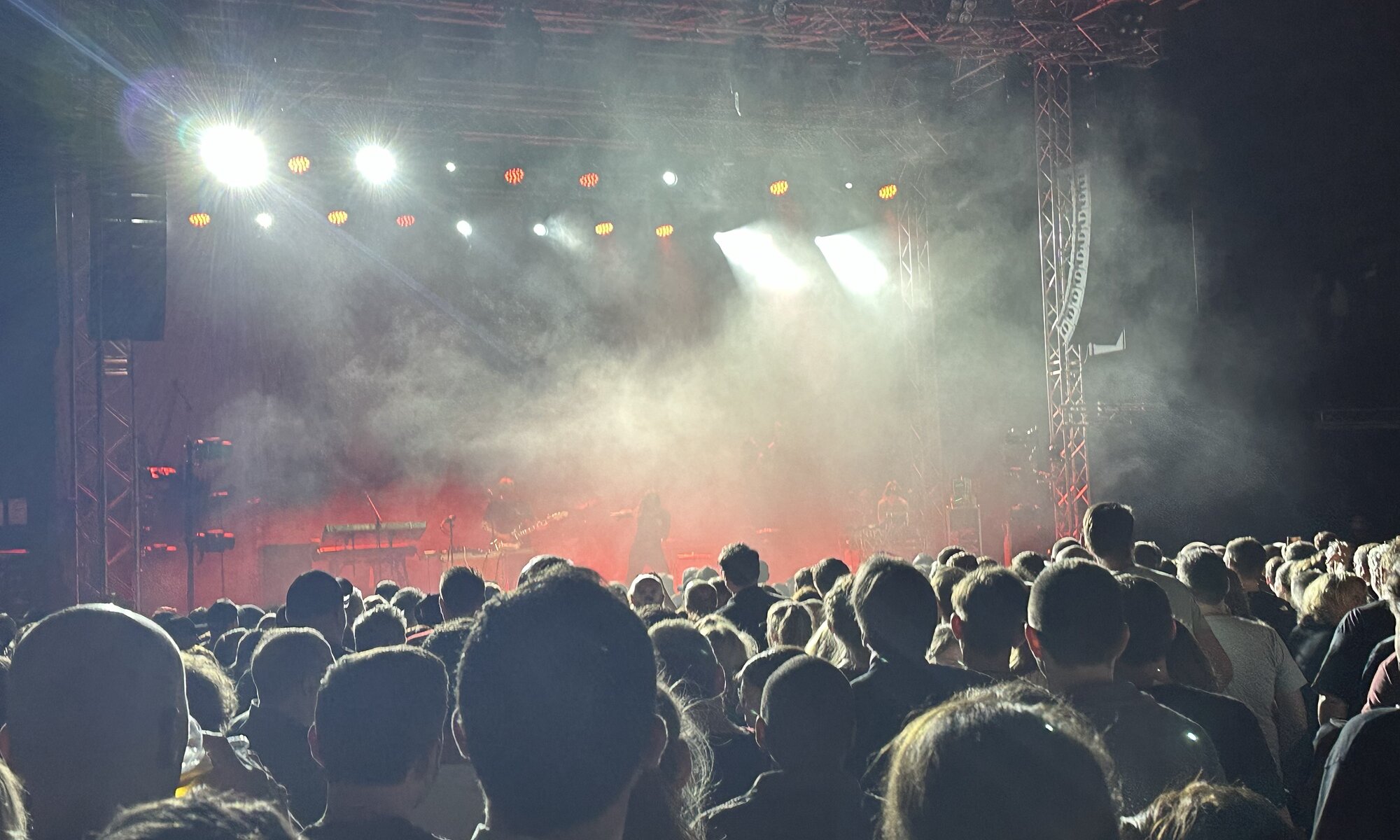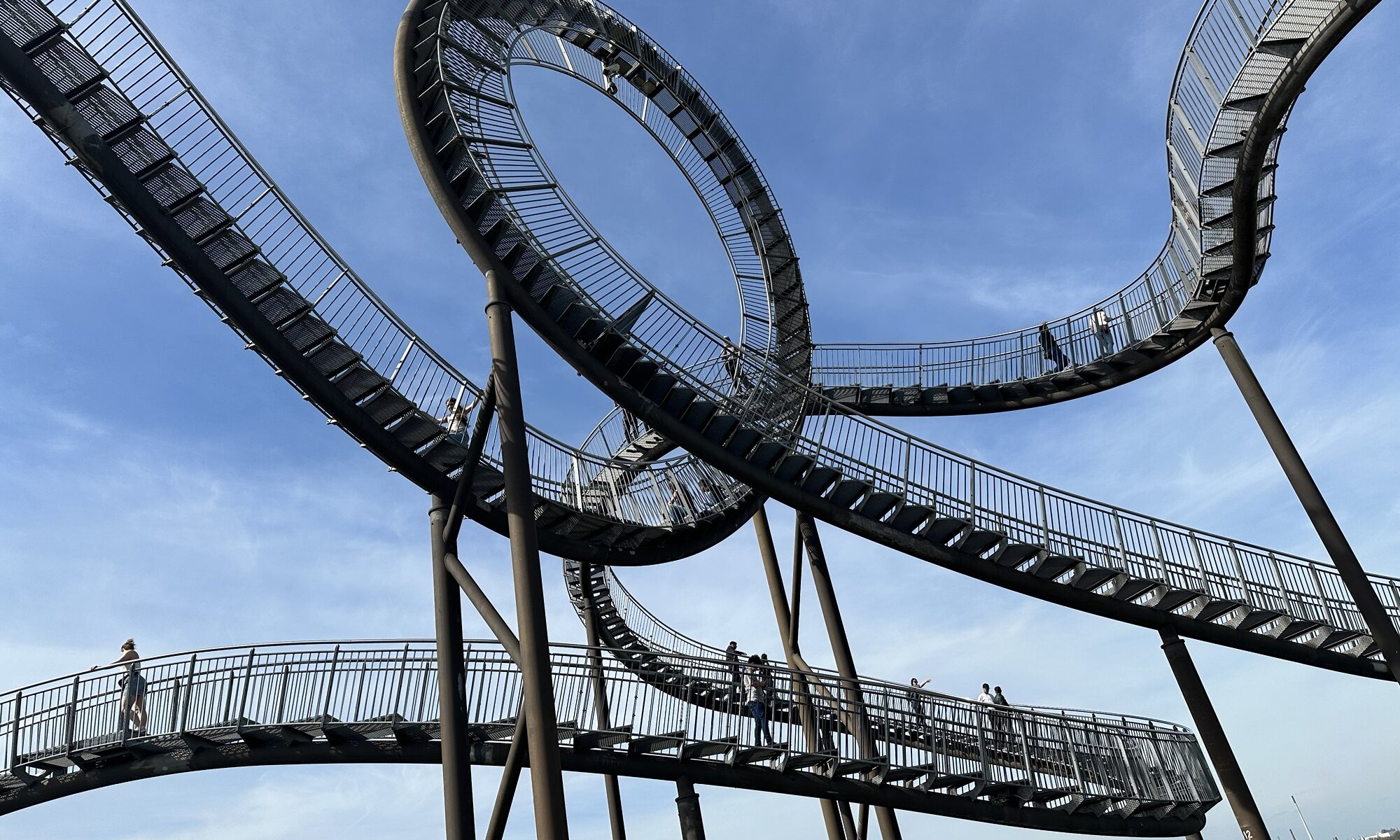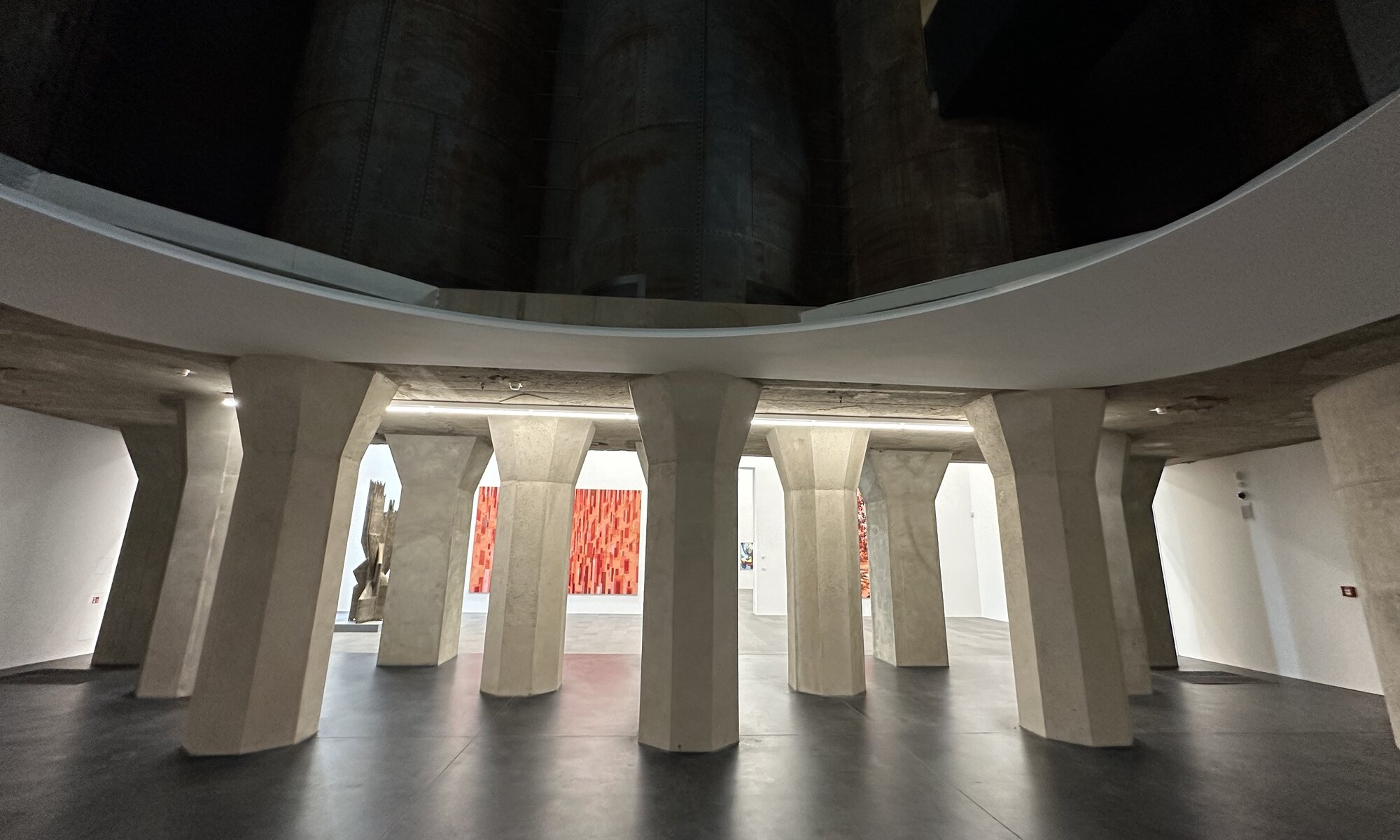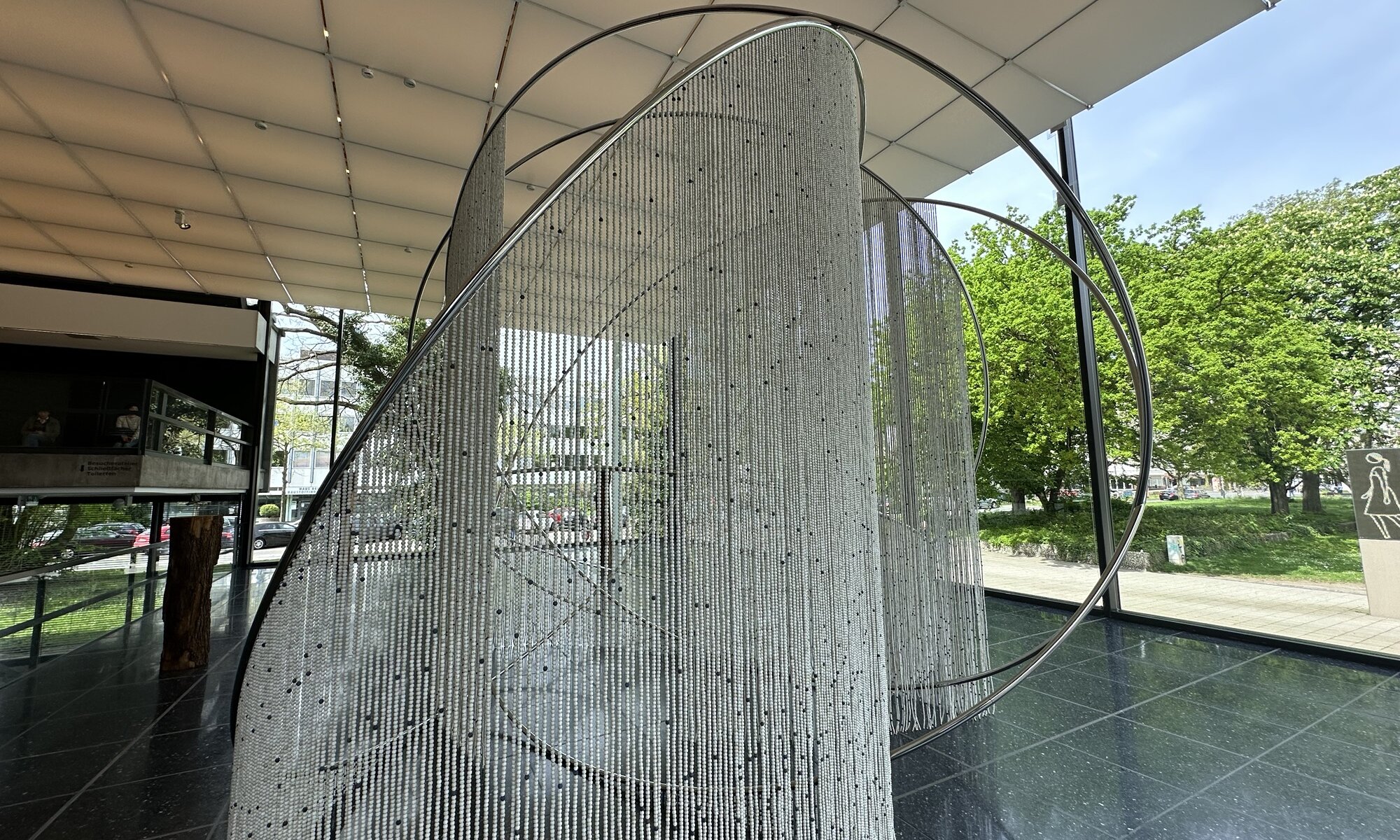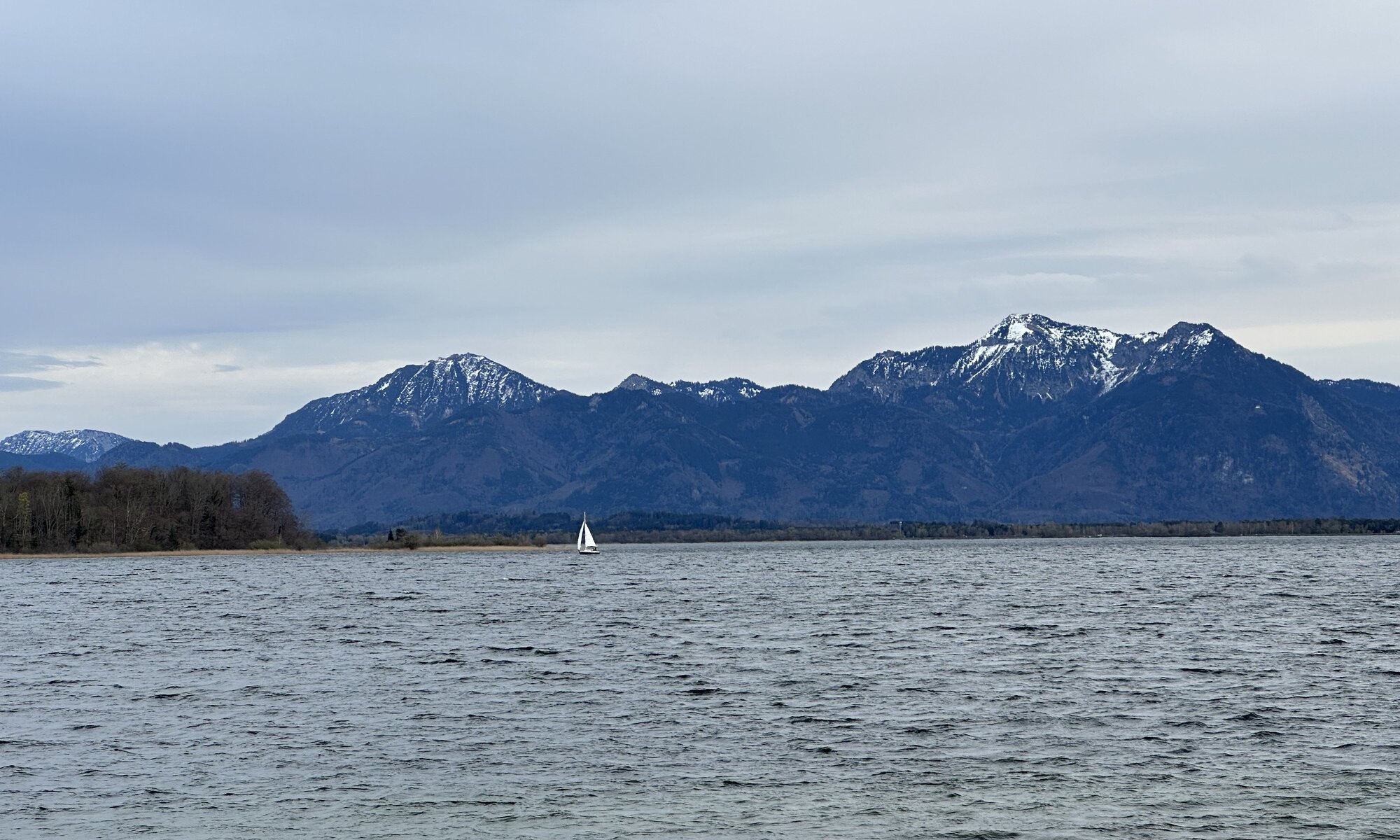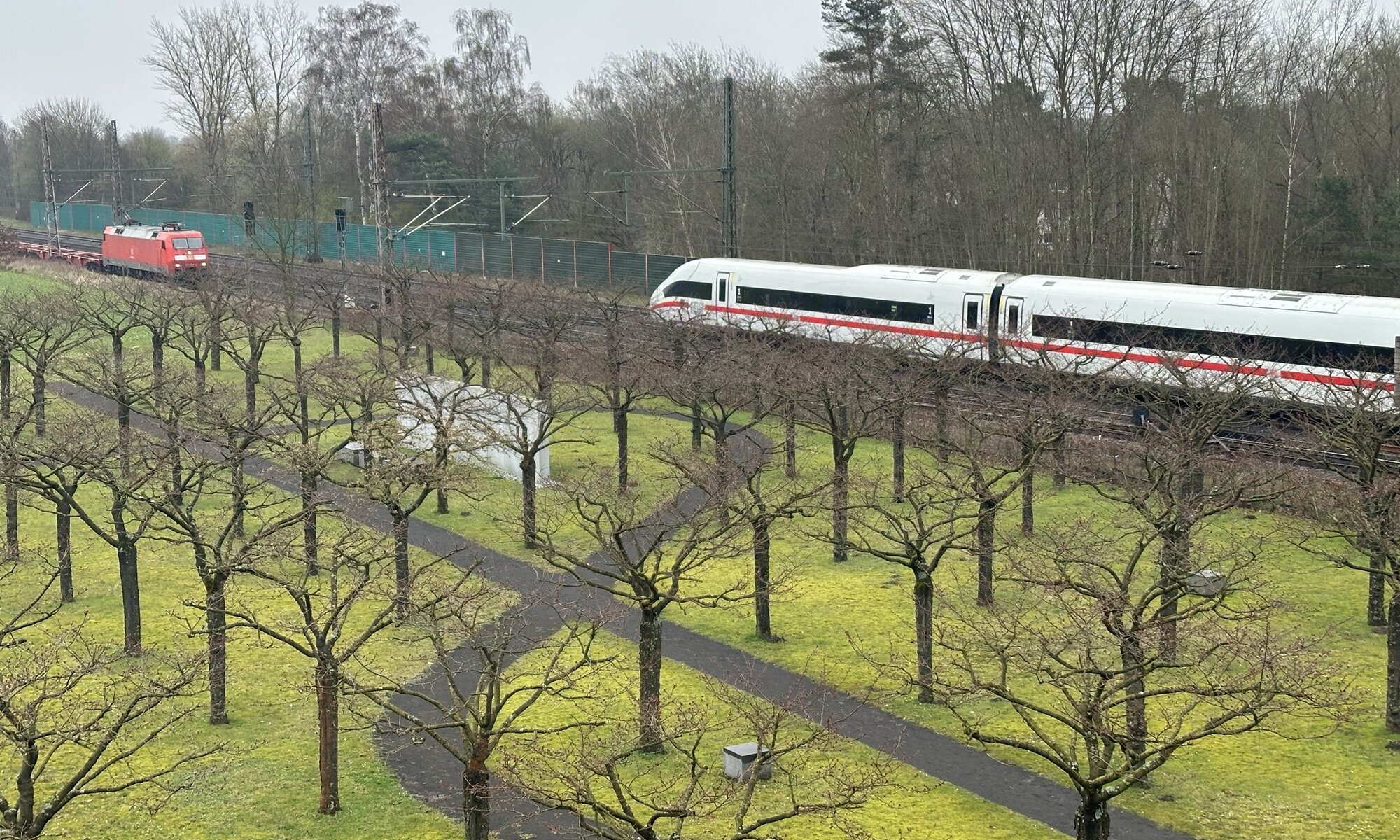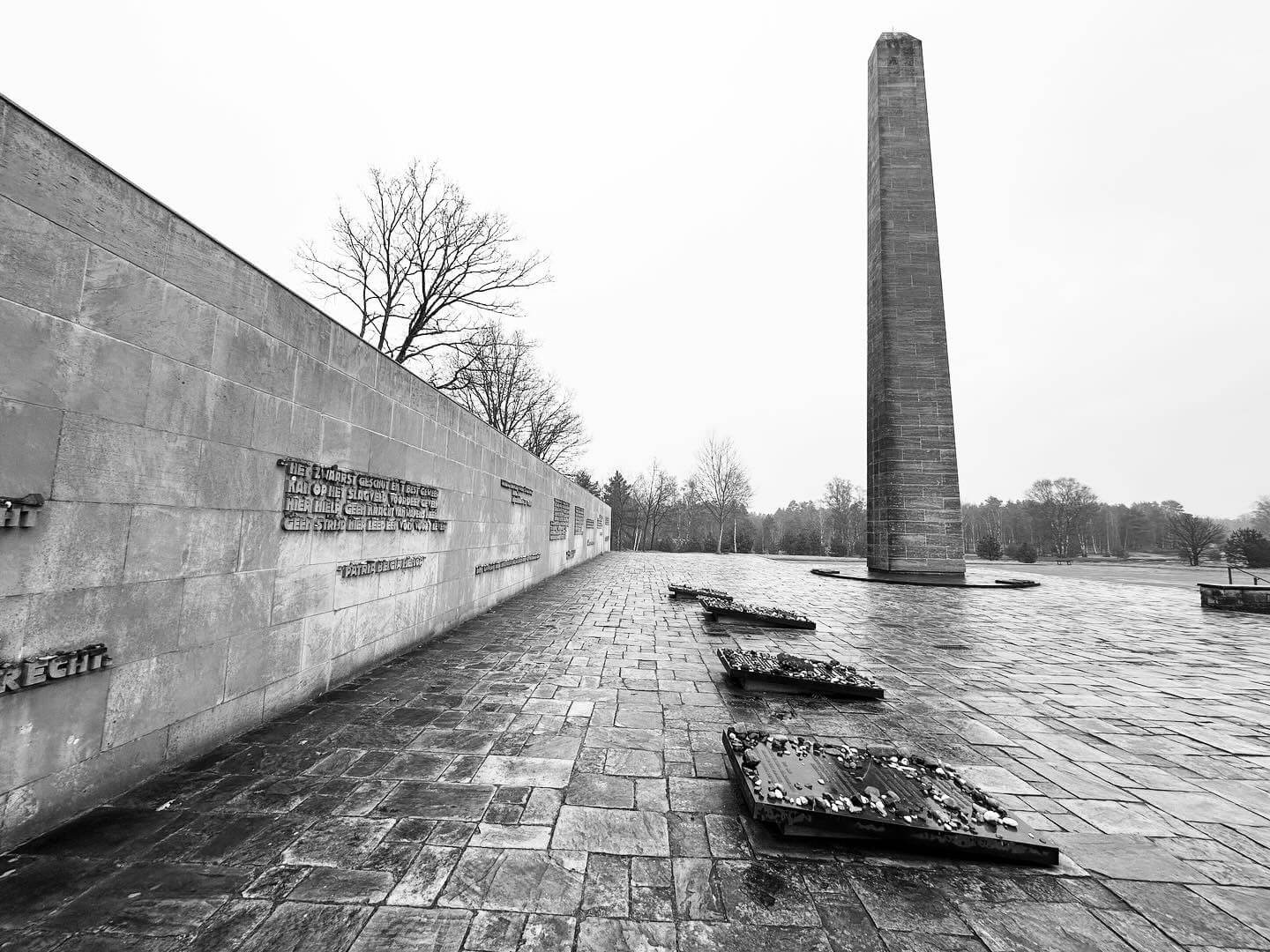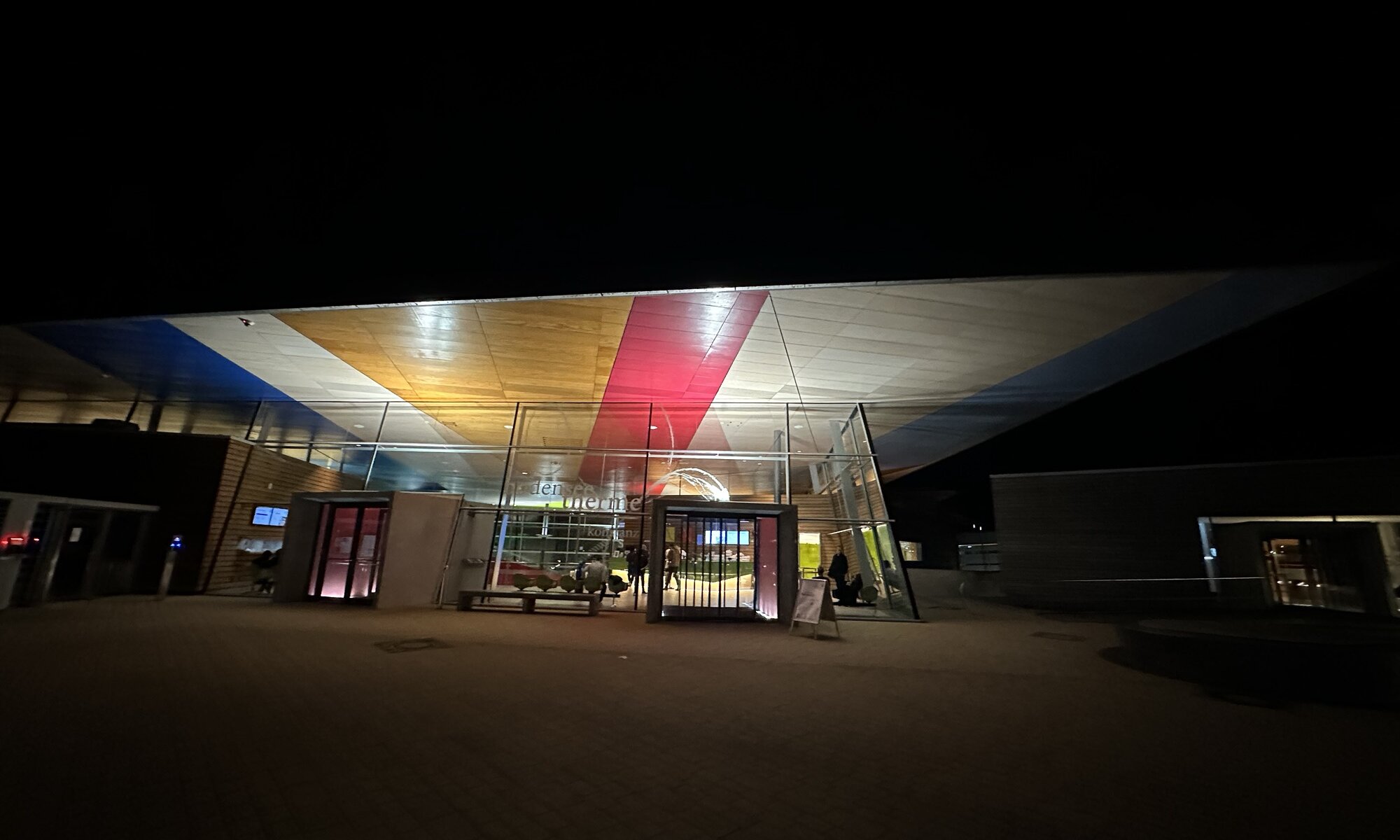German cities need to have a Stadthalle, an event hall for concerts and other cultural events. People in smaller towns often have a special connection to these places as they go there multiple times in live and especially graduation ceremonies take place within. This also true for the Stadthalle of Northeim in southern Lower Saxony – their local pearl was build in the 90s gives space for up to 700 spectators.
Continue reading “Basement”District 12
The city of Duisburg is part of the Ruhrgebiet, a former industrial zone in Germany that had to cope with the shrinking importance of mining in Germany. A structural change happened over time and the service sector gained a lot of economic importance, but nevertheless a lot of cities of the Ruhrpott are not as prosperous as other parts of Germany. Why should one travel to Duisburg? If you’re interested in industrial heritage it is a nice place to be – from the converted river port to the old steelworks that can be explored here.
Continue reading “District 12”Turbinenhalle
Formerly the Turbinenhalle at Oberhausen was used to produce electricity and comprised air for the ironworks of the Gutehoffnungshütte, an important mining and mechanical engineering company. It was built in 1909 and converted into a discotheque in 1993 when the steel industry was gone. Today it is a concert location with a special atmosphere that has attracted many great bands over the years.
Continue reading “Turbinenhalle”Tiger & turtle
In the south of Duisburg, close to the industrial zone of Angershausen you can find the magic mountain: it is a good example of conversion at the Ruhrgebiet. The 35 meters high hill was once a waste disposal site of a zinc manufacturing company. When the Ruhrgebiet became European Capital of Culture in 2010 it was decided to create an artwork in this location and the design of Heike Mutter and Ulrich Genth won the contest.
Continue reading “Tiger & turtle”Küppersmühle
North of the city center of Duisburg you can discover the Innenhafen, an inland port connected to river Rhein which is today surrounded by modern residential homes and office buildings. Part of the harbor is also the Küppersmühle, a former mill that dates back to the year 1860 and which was active until the year 1972. Since 1999 it houses the MKM Museum Küppersmühle für Moderne Kunst, a beautiful museum of modern art that utilizes the former structures of the mill building very well.
Continue reading “Küppersmühle”Lehmbruck
A massive art museum made of the concrete and glass, located in the Immanuel-Kant-Park close to the main railway station of Duisburg – that could be the shortest description of the Lehmbruck-Museum. It is named after and dedicated to the sculptor Wilhelm Lehmbruck born in 1881 at Meiderich near Duisburg. His works were mostly focused on the human body and that is what you get to see most at the Lehmbruck-Museum: faces and bodies.
Continue reading “Lehmbruck”Bavarian Sea
In the Southeast of Germany you can find the Chiemsee, the largest lake of Bavaria and after the Lake Constance and the Müritz the third-largest one of Germany – therefore it is also called Bayerisches Meer (Bavarian Sea). It is named after the settlement of Chieming close to the lake and was originally created by a glacier 10,000 years ago. Within the lake you can find four islands (Herreninsel, Fraueninsel, Krautinsel, Schalch) of very different sizes.
Continue reading “Bavarian Sea”Eschede
I’ve been using high-speed trains in Germany very often and always felt secure. Travelling by train is one of the most secure means of transport and there are many technical measures that ensure this, including the European Train Control System (ETCS), dedicated allowances to use a railway track as well as automated braking the train if the train driver is not responding or the train too fast. When travelling by car you have a 164 times higher risk to get injured than in a train. But even a system like this can never be 100 % secure and we all had to learn that on June 3rd, 1998, when the most severe accident of European high-speed trains happened close to a small city in Lower Saxony.
Continue reading “Eschede”Bergen-Belsen
The horror of Bergen-Belsen evolved over time. First, this place located between Celle and Soltau was a military training ground, then it became a camp for prisoners of war from France, Italy and the Soviet Union. From 1943 on the SS turned parts of the camp site into concentration camp; some of the Jewish inmates were planned to be exchanged against Germans detained outside of Germany, others were transported further on to extinction camps. At the end of the World War II concentration camps close to the battle zones were evacuated and tens of thousands were brought to Bergen-Belsen. Overall 38,000 humans died on this soil while the concentration camp was operating. Unfortunately around 14,000 died after the liberation because of illnesses and bad supply.
Continue reading “Bergen-Belsen”Illuminated
The region around Lake Constance is one which offers a lot for tourists and especially for the cold and rainy days that happen throughout the year multiple spas have been created along the shore of the lake. The one closest to Konstanz is the Bodensee-Therme, an indoor and outdoor pool as well as a sauna three kilometers afar from the city center. In summer times you can also jump into the lake for relaxation. The Bodensee-Therme is beautifully illuminated at night and the best feature is the nice view on the lake from the outside pool.
Continue reading “Illuminated”